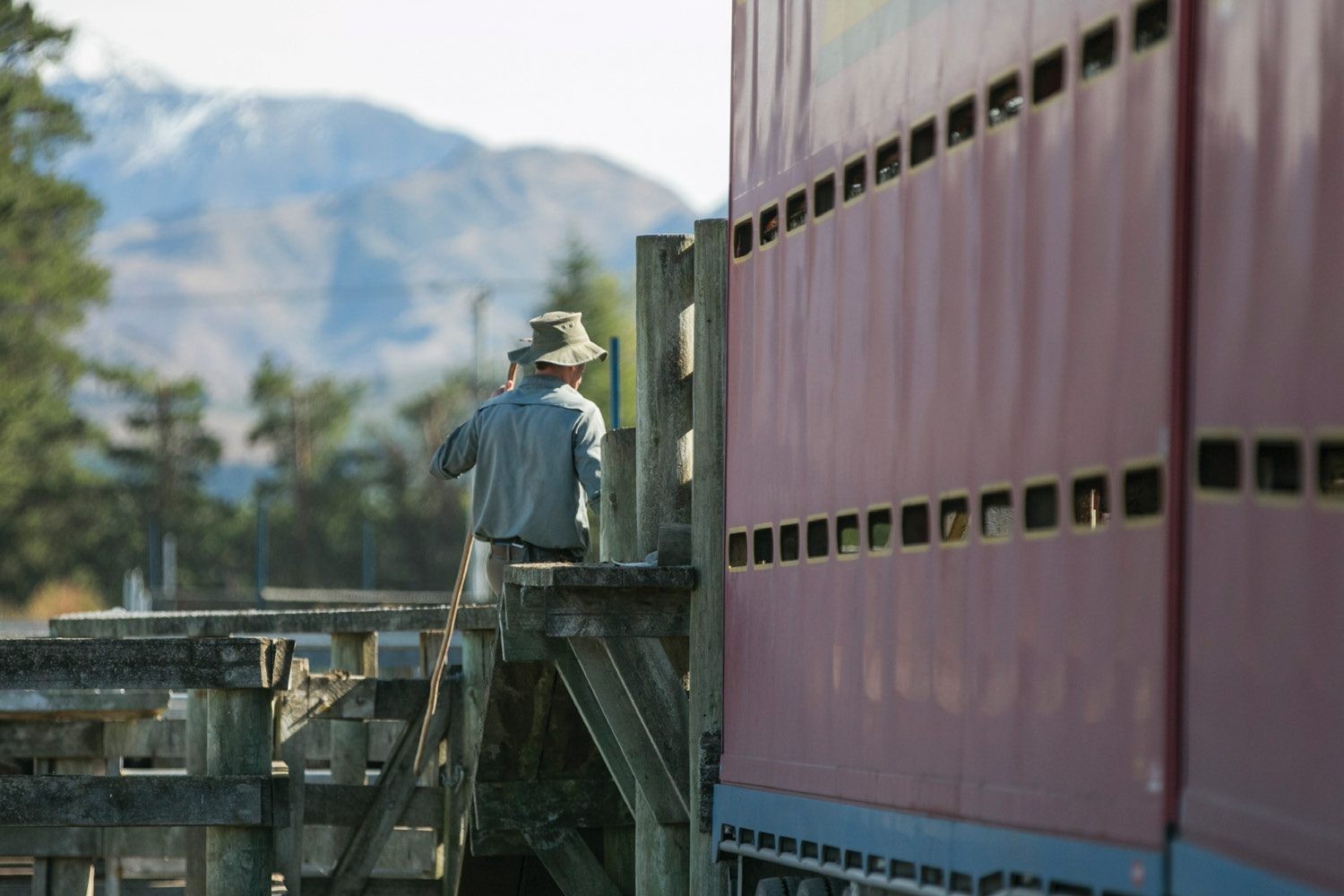Fit for transport
Animal Welfare law mandates any animal whose condition is not 100% must have a transport fitness certificate issued by a vet to allow it to be moved to the nearest processing works. By Rachael Fouhy.

Animal Welfare law mandates any animal whose condition is not 100% must have a transport fitness certificate issued by a vet to allow it to be moved to the nearest processing works. By Rachael Fouhy.
Issuing transport certificates is something vets are asked to do on a fairly regular basis. Over the years the rules have become more stringent due to reviews of the Animal Welfare Act and to ensure we meet the market access requirements of many of our customers.
Fitness for transport certificates are a requirement for any animal that is not 100%, should you wish to transport it. This is for any type of transport, not just transport for slaughter.
Key considerations when deciding if it is feasible to issue a certificate for an animal include:
- Animals need to be sent to the closest meat plant. This can be frustrating when you are not a client of the closest works, however this is a key rule that needs to be adhered to. Depending on where you live you may have a few options, but in some areas there is only one option. This needs to be arranged before the certificate is issued. We have had multiple instances where clients have crossed out the meat plant listed and replaced it with another. That puts you and your vet at risk of a considerable fine.
- Cancer eye/eye growths – These are a common request for certificates. We can issue certificates for growths less than 1cm diameter. Those 1-2cm diameter are at the owner’s risk, those greater than 2cm diameter are not allowed. This is because they are most likely to have spread to other parts of the body. We can not send any cattle who have tear staining, are blinking or holding one eye shut – in other words anything that suggests pain and inflammation. Animals with scars from healed pink eye are normally fine to go.
- Lameness – animals between lameness score 1-2 may be able to be transported depending on the degree of lameness. This includes animals with functional lameness e.g. from injury. To increase the chance of a lame cow being accepted it can be helpful if it can travel with some herd mates. Personally, I will not send a lame cow alone. As a rough rule the cow needs to weight-bear evenly on all four feet 80% of the time. Look how your cow stands, if she stands square she should be fine, if she stands with a hunched back or feet out behind she is less likely to go. The same applies to bulls with chronic injuries. Often these animals can weight-bear but have a slightly abnormal gait. We can no longer send animals that have healed fractures or who sustained other significant injuries when they were young, unless they received veterinary treatment at the time.
- Horns – we can not send animals within a week of dehorning. Animals can not have ingrown horns or broken/bleeding or discharging horns. Animals with horns outside of their ears struggle to get up the race and can get trapped in the stun box. Smaller horns are easier to deal with than large horns so if you have horned animals I recommend getting them dehorned prior to a year old.
- Penile issues – these commonly arise from mating injuries although can also apply to young bulls with penile warts. The extent of the damage and the distance a bull has to travel will impact on if these can be sent or not.
- BCS – very skinny animals are no longer suitable to be transported unless it is for animal welfare and they are going to significantly better feed.
- Other – you are not allowed to send anything that is bleeding or discharging. This applies to old eczema wounds, old injuries etc.
- There is a seven-day time frame on certificates which is there so that there is no significant change to the condition of the animal from the time the certificate is issued. This can be a frustrating condition of these certificates. Extra time may be granted by the vet and the meat plant for those who live further out.
MPI has developed a very useful app – Fit for transport, which outlines what is and isn’t allowed. I recommend downloading it. There are many cases where vets can not decide if the animal will or will not be okay for a certificate. It often comes down to the meat plant vet and what they see when the animal gets off the truck.
Many of us have received grumpy phone calls and emails from these vets and this can make us a bit gun-shy about issuing certs for borderline cases. With that in mind it is now best for both parties (farmer and vet) if we can take a video/or photo and send it to the works vet for feedback. This also means that should the animal’s condition change considerably on transport there is also proof that it was okay when the certificate was issued.
- Rachael Fouhy is head vet at Tararua Vets.




